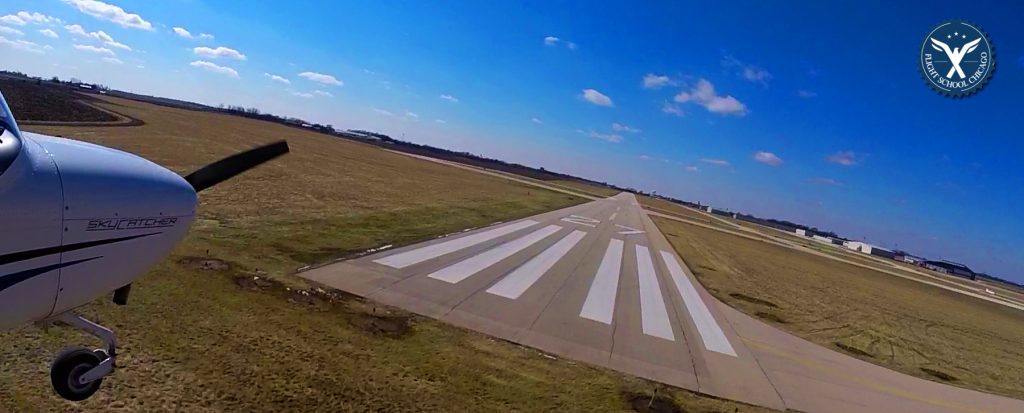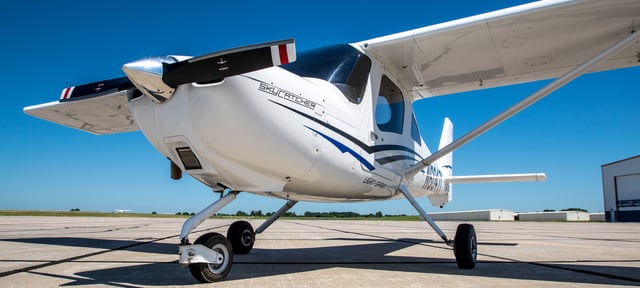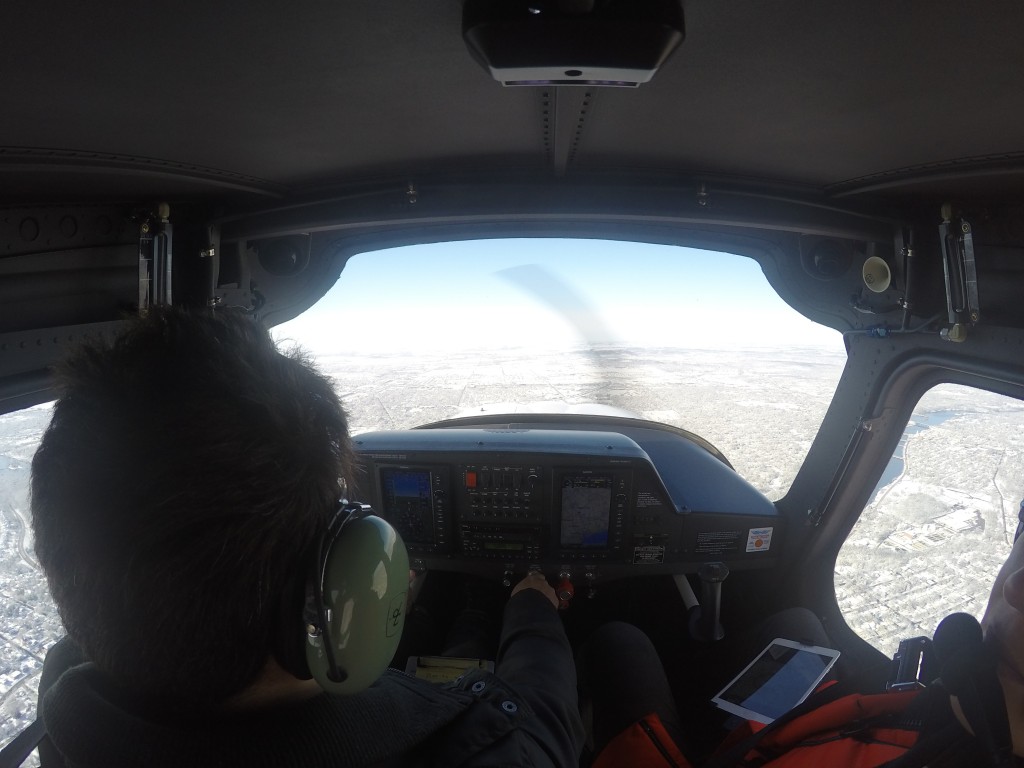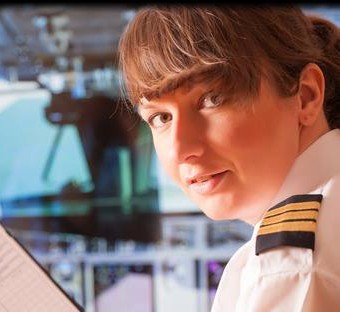The time duration of obtaining a sport pilot license depends on student schedule and proficiency. Flying often, studying frequently and efficiently and being prepared for each flight lesson will ensure that the goal is achieved at a lower cost and within the minimal timeframe. The average amount of time to obtain an initial pilot license ranges from 6 to 18 months.
(Faster programs are available – 60 days)

Flight Training Chicago
Sport Pilot License Requirements:
-
- Be at least 17 years old (or 16 years old if you are applying to operate a glider or balloon).
- Be able to read, speak, write, and understand English.
- Hold at least a third class medical, or hold a current and valid U.S. driver’s license for operations in light-sport aircraft other than a glider or balloon.

Ground School FSX Chicago
What are the training requirements for becoming a sport pilot?
- Training requirements for a sport pilot certificate with airplane category —
- A minimum of 20 hours flight time including:
- 15 hours of flight training from an authorized instructor.
- 5 hours solo flight.
- Flight training must include at least:
- 2 hours cross-country flight training.
- 10 takeoffs and landings to a full stop.
- One solo cross-country flight of at least 75 nautical miles total distance with a full-stop landing at a minimum of two points and one segment of the flight consisting of a straight-line distance of at least 25 nautical miles between takeoff and landing locations.
- 3 hours flight training in preparation for the practical test.
- Ground training from an instructor or home-study course.
- FAA knowledge test on applicable aeronautical knowledge areas.
- FAA practical test for the applicable light-sport aircraft privilege.
- Sport pilot certificates will be issued without category/class designation — logbook endorsement will be provided for category and class per FAR 61.317.
- A minimum of 20 hours flight time including:

Cessna 162 – Sport Pilot Training Aircraft

Sport Pilot License
PRIVILEGES & LIMITATIONS
When operating as a sport pilot, you as the pilot must operate within the following guidelines of the sport pilot certificate:
Privileges
The holder of a valid sport pilot certificate may:
- Operate as pilot in command of a sport pilot eligible aircraft.
- Carry a single passenger and share expenses (fuel, oil, airport expenses, and aircraft rental).
- Fly during the daytime using visual flight rules (VFR). Three statute miles visibility and visual contact with the ground are required.
- Fly Cross-country anywhere in the U.S.
- Fly up to 10,000 feet above mean sea level (MSL) or 2,000 feet above ground level (AGL), whichever is higher.
- Fly in Class E and G airspace (and B, C, and D airspace with appropriate training).
Limitations
Sport pilots may not:
- Fly in Class A airspace.
- Fly in Class B, C, or D airspace until they receive training and a logbook endorsement from an instructor.
- Fly outside the U.S. without prior permission from the foreign aviation authority.
- Tow any object.
- Fly while carrying a passenger or property for compensation or hire.
- Fly in furtherance of a business.
